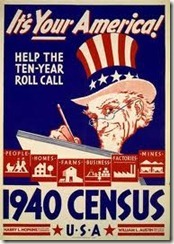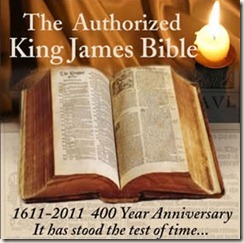 Earlier this month, Legacy Family Tree Webinars hosted Thomas MacEntee’s Navigating the 1940 Census. It was so good, I suggested it be bought for our society library and Ray Baalman, our illustrious librarian, did just that! So in a week or so, you can view the CD at the Richland Family History Center and learn all you need to about accessing your family members in the 1940 census even without having an index.
Earlier this month, Legacy Family Tree Webinars hosted Thomas MacEntee’s Navigating the 1940 Census. It was so good, I suggested it be bought for our society library and Ray Baalman, our illustrious librarian, did just that! So in a week or so, you can view the CD at the Richland Family History Center and learn all you need to about accessing your family members in the 1940 census even without having an index.
Speaking of which, have you signed up to index the 1940 census with TCGS? Just contact John Covey, our TCGS President, to get your name on our list. It is possible there are incentives for our society if we can help with the indexing. If you are already indexing, it is just a matter of adding your work to the society totals, at least that is the understanding.
And, for those of you who want to go one step further and really understand why censuses were created (and surprise, surprise, they were not created so genealogists could find their ancestors), the attitude of the people about censuses and why some of our ancestors resisted being counted in the census, you may want to listen to the podcast Beyond Numbers: A History of the US Census from the website Backstory with the American History Guys, http://tinyurl.com/4ae9da4.
